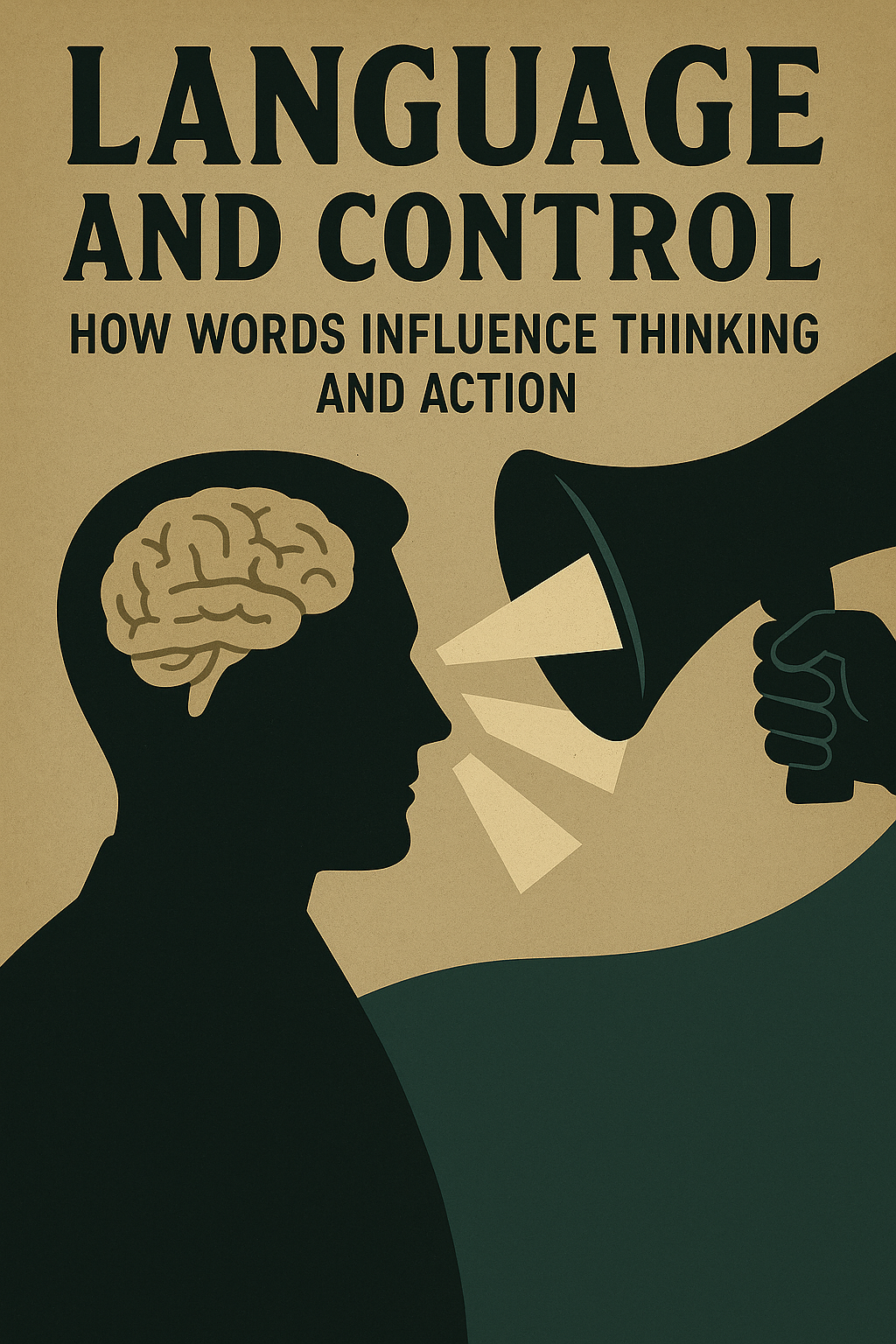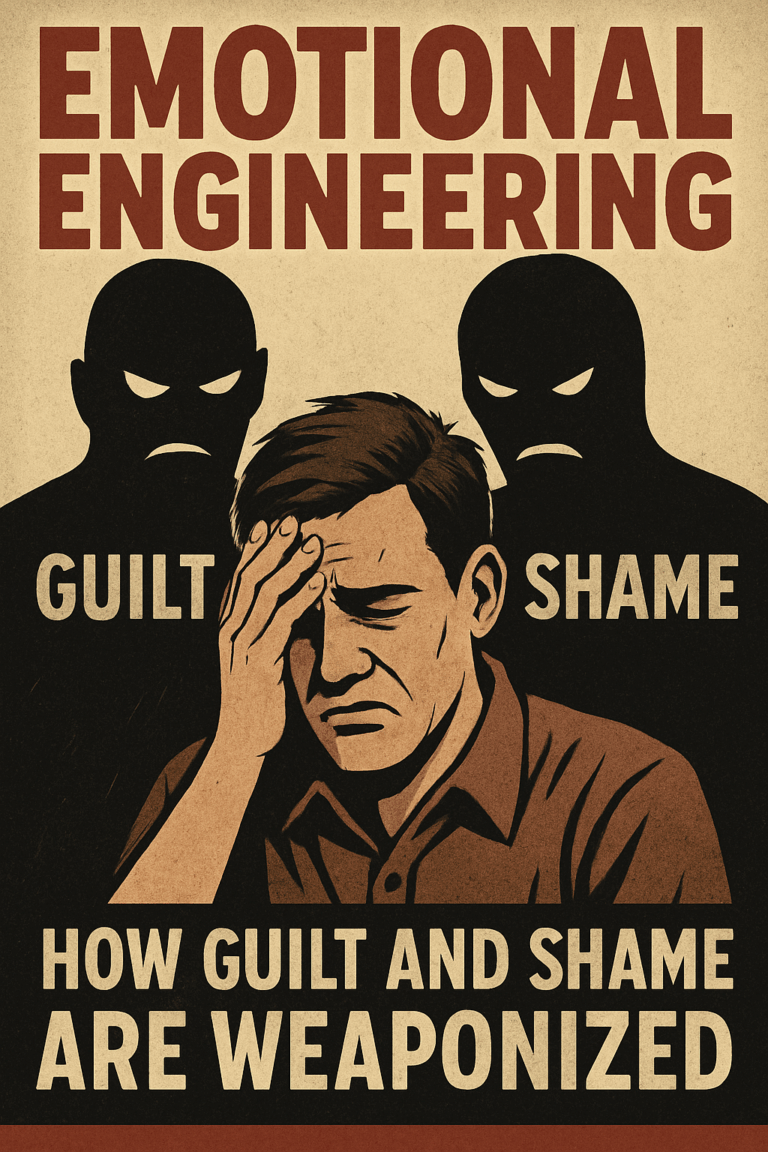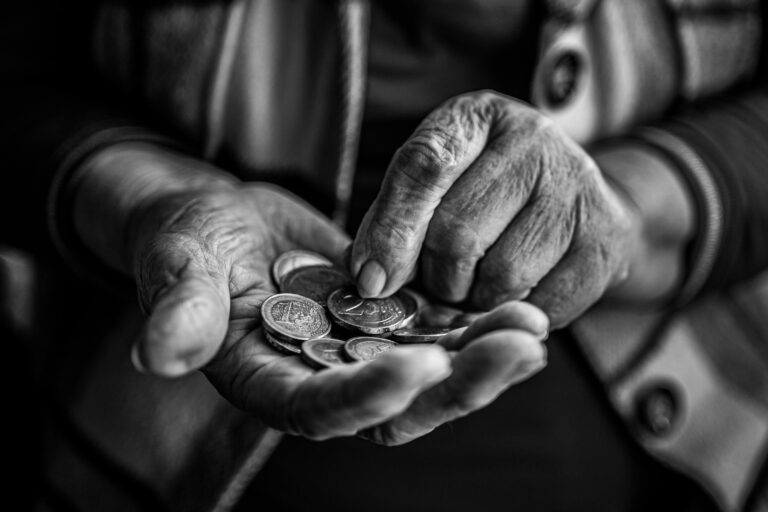🧠 I. From Empowerment to Avoidance: How the Narrative Changed
The body positivity movement began with powerful intent — to challenge harmful beauty standards, reduce discrimination, and offer a path to self-acceptance for those excluded by mainstream media. Its early message was one of dignity and representation: that everyone deserves to feel seen, valued, and included regardless of size, age, shape, or appearance.
But over the past decade, the movement’s message has shifted. Once rooted in emotional healing and liberation from shame, it has evolved into something more complex — and, according to some critics, more dangerous. In its most extreme expressions, body positivity now resists any critique of health, reframes medical concern as “fatphobia,” and defends self-destructive behaviors in the name of inclusion.
This evolution has created a growing tension between body positivity and public health — a conflict that poses real consequences for individuals, institutions, and society as a whole.
⚖️ II. Health at Every Size: When Positivity Becomes Policy
At the heart of this shift lies the Health at Every Size (HAES) philosophy — an approach that asserts health is not determined by body weight, and that medical focus on weight loss is inherently discriminatory.
On the surface, HAES offers a compassionate counterbalance to years of stigma and shame. But in practice, it can blur critical distinctions between accepting one’s body and ignoring its needs.
-
The CDC and WHO consistently classify obesity as a major risk factor for chronic diseases including type 2 diabetes, cardiovascular disease, and sleep apnea.
-
Public health data links rising obesity rates to declining life expectancy in many developed nations.
-
Medical professionals increasingly report patient resistance to weight-related diagnoses — not based on evidence, but on ideological grounds.
Rather than bridging the gap between empathy and accountability, HAES often repositions concern as oppression. And when doctors are hesitant to address weight for fear of social backlash, the result isn’t empowerment — it’s silence.
“You can’t treat a condition you’re not allowed to talk about,” said one endocrinologist interviewed anonymously by Stat News.
“We’ve created a climate where evidence feels unsafe.”
🌍 III. The Broader Costs of Denial
This growing conflict between body positivity and public health isn’t just theoretical — it has measurable consequences.
-
Healthcare burden: The U.S. spends over $170 billion annually treating obesity-related conditions. As these rates climb, so do insurance costs, hospital strain, and long-term disability claims.
-
Workforce implications: Chronic illness among working-age adults affects productivity, absenteeism, and economic mobility.
-
Generational decline: For the first time in modern history, life expectancy is falling in certain demographics — not from new diseases, but from preventable ones.
And yet, those who raise concerns about this trend are increasingly met with hostility. Public health campaigns that highlight obesity risks are labeled “shaming.” Doctors who mention weight are accused of bias. Even university professors have faced institutional discipline for teaching evidence-based connections between lifestyle and illness.
A 2023 Lancet Public Health editorial argued that without renewed commitment to factual dialogue, “we risk normalizing chronic illness as identity — and medical apathy as compassion.” (The Lancet)
🔍 IV. Identity, Denial, and the Psychology of Self-Protection
To understand how body positivity reached this point, we must explore the psychology behind it.
-
Cognitive dissonance avoidance: When identity is built around body image, acknowledging health risks creates internal conflict. Denial becomes a protective mechanism.
-
Defensive projection: Feedback about health is reframed as personal attack. Medical advice becomes “hate speech,” and social support becomes “oppression.”
-
Algorithmic tribalism: Social media amplifies extreme voices. Content that confirms identity (“you are perfect as you are”) is rewarded with engagement, while critical nuance is filtered out.
These dynamics create echo chambers where dissent is unwelcome — even when it comes from within the movement. Some fitness professionals and nutritionists report losing clients or being deplatformed for promoting weight loss, even when their messaging is sensitive, supportive, and based in science.
“We’re no longer allowed to say that some behaviors are unhealthy,” said one clinical dietitian.
“Everything has to be empowering — even if it’s dangerous.”
👗 V. Corporations and the Commercialization of Empowerment
It’s no coincidence that brands have eagerly embraced body positivity — not just as a moral stance, but as a marketing strategy.
-
Fashion labels showcase plus-size models while continuing to sell ultra-processed, trend-based clothing lines that support fast fashion waste.
-
Food and beverage companies fund “body acceptance” campaigns while lobbying against sugar taxes and nutritional transparency laws.
-
Influencer partnerships blur the line between self-love and product promotion, transforming body positivity into a consumer identity.
In this model, radical acceptance becomes a tool of pacification. Rather than empowering people to change what harms them, the message becomes: buy the products that make you feel better about it.
Corporations are not neutral participants in cultural shifts — they shape them. And when profit aligns with ideological entrenchment, public health often loses.
🩺 VI. Between Shame and Silence: A Better Middle Ground
The original promise of body positivity was important: that people of all sizes should be treated with dignity and compassion. That remains true.
But compassion must not come at the cost of honesty. A society that equates medical facts with oppression loses the ability to intervene in preventable suffering.
What’s needed is a re-centering — a third path between shame-based judgment and celebration of dysfunction:
-
Affirming worth while acknowledging risk
-
Encouraging agency without erasing consequences
-
Promoting care that includes — but doesn’t defer entirely to — comfort
This is not about returning to cruel beauty standards or fat-shaming media. It’s about recovering the space for truth-telling within a compassionate framework — one where people are neither shamed for their size nor misled about its implications.
🧬 VII. Public Health or Personal Autonomy? The Ethical Dilemma
The conflict between body positivity and public health reflects a deeper philosophical tension: where do we draw the line between individual freedom and collective responsibility?
-
Should medical institutions prioritize emotional comfort over physiological risk?
-
Do public health campaigns have the right to challenge personal identity in service of long-term outcomes?
-
Is neutrality — the refusal to “judge” behavior — ethical when the consequences affect society at large?
These are not easy questions. But avoiding them won’t make them go away.
As philosopher Martha Nussbaum has argued, justice requires both empathy and structure. “We must extend compassion without abandoning the search for truth,” she writes. “Otherwise, we confuse sentiment with ethics.”
⚖️ VIII. Moving Forward: Toward a Culture of Empowered Accountability
To reconcile the goals of inclusion and health, we must shift our cultural framing from extremes to integration.
-
Promote media literacy that allows people to distinguish between empowerment and avoidance
-
Train health professionals to speak with empathy — but also with clarity and courage
-
Support platforms that foster open, nuanced dialogue about the intersection of identity and wellbeing
The future of the body positivity movement doesn’t have to be one of denial. It can evolve — into a space where people are free to love themselves and make informed, sometimes uncomfortable choices about how to live well.
💬 Conclusion: When Compassion Demands Honesty
Body positivity was never meant to be a barrier to truth. But in its most extreme forms, it has become one — repurposing empathy as avoidance and turning necessary conversations into ideological battlegrounds.
If we are to build a society that truly honors both autonomy and wellbeing, we must reclaim the right to speak clearly — even when the truths are difficult.
Because real empowerment doesn’t mean rejecting all discomfort.
It means facing it — together — and growing stronger for it.








